|
|
|||
|
(Back to Preceding Week; on to Next Week) |
|
INSTANT SUNSHINE:
After all that fr-fr-frigid weather at Hilton Pond Center the first half of January things have warmed up considerably--enough so we could even go for comfortable bicycle rides on a couple of afternoons this week with thermometer readings in the upper 60s. There's also been a good deal of rain the past ten days; if temperatures had still been below freezing we would now have about four feet of snow! Aside from those few sunny biking days, things have indeed been rather wet and gray--exactly the sort of situation that makes us glad we have a multitude of bird feeders around the Center. No matter how dreary the weather, a few minutes looking at avifauna at our feeding station makes everything seem so much more cheery. In fact, one day this week things went from meteorologically overcast-and-dreary to psychologically bright-and-sunny in less than FIVE MINUTES--just because of the view from our office window. For a vicarious look at birds that lightened the day by visiting our favorite sunflower seed feeder in the span of merely 300 seconds, scroll down to the images below. Maybe they'll brighten your day, too. (Please note these feeder photos were taken with a 100-400mm zoom lens from 35 feet away under dismal lighting conditions through a mildly dirty, double-paned patio door. We'll try to do better.)
All text & photos © Hilton Pond Center The adult male Northern Cardinal is red enough he can brighten a cloudy day all by himself. His heavy orange bill--like his crimson feathers--takes its color from plant pigments the bird consumes. The black mask is melanin pigment the cardinal itself produces.
All text & photos © Hilton Pond Center In winter, American Goldfinches are incredibly drab when compared to the eye-popping yellow they'll assume when breeding season approaches. The bird above is a male, judging from his jet-black wings; females have wings that are more brownish. From another angle we also could see a bright yellow epaulet indicating this was an after-second-year goldfinch. (Younger males have salt-and-pepper shoulder patches.)
All text & photos © Hilton Pond Center Carolina Chickadees are petite studies in gray and black and white. Folks who move to the Piedmont from up north often misidentify this bird as a Black-capped Chickadee, a species that occurs in the Carolinas only at much higher elevations. The Carolina Chickadee is noticeably smaller and has a cheek patch that blends to gray at the neck; the patch is all white in a Black-capped Chickadee. Both species are sexually monomorphic, with males and females essentially identical in appearance. (Chickadees apparently can tell each other apart, but birders can't. Perhaps we humans just don't know what to look for.)
All text & photos © Hilton Pond Center In the same family (Paridae) as chickadees is what is now correctly called the Eastern Tufted Titmouse (ETTI), Baeolophus bicolor. It turns out what people thought were Tufted Titmice in parts of Texas were actually a distinct species that doesn't breed with ETTI and that is now known as Black-crested Titmouse, B. atricristatus. ETTI share at lest two attributes with their chickadee kin: 1) they're sexually monomorphic, and 2) they nest in cavities, including bluebird nest boxes.
All text & photos © Hilton Pond Center Our most commonly banded bird at Hilton Pond Center is the House Finch (HOFI), formerly a western-U.S.-only species that now breeds across the continent. (If you have an old field guide to birds of eastern North America you may not even find House Finch therein.) The adult male HOFI (above) can't be confused with anything except--maybe!--an adult male Purple Finch (below). (Having handled about 8,000 of each, we find it pretty easy to differentiate the two.)
All text & photos © Hilton Pond Center To our eyes, male House Finches are more red--sometimes even with an slight orange tint; in comparison, adult male Purple Finches (PUFI, above) have feathers in a raspberry hue. The superciliary line (above the eye) is more prominent in PUFI than in HOFI, PUFI have more back streaking, and PUFI almost always nip our fingers when we're banding them. (HOFI are far more passive.)
All text & photos © Hilton Pond Center Every winter we have to remind our birder friends to be careful about sexing Purple Finches at their feeders. Come November, any red House Finch is safely called a male and any brown one a female. Among PUFI, however, males take two years to get their reddish color, so a brown PUFI in January could be an adult female, an immature female, OR an immature male. Even more confusing, the PUFI in the photo above has a pink wash to its primary coverts and face so the urge would be to call it an immature male. This might be incorrect because old female PUFI sometimes have red tinges to their plumage. Bottom line: DON'T call a brown Purple Finch a "female" unless you see her brood patch.
All text & photos © Hilton Pond Center So how does one differentiate a brown Purple Finch from a brown House Finch? Easy, we say; just look at the bill. In the photo above the bird on the right--a PUFI--has a culmen (ridge of the upper mandible) that is very straight; in a HOFI (left), the culmen is decurved. This is quite easy for a bander to see in the hand, but with practice you can spot this characteristic among winter finches at your feeder. Look also for a small crest in PUFI--the HOFI's head looks quite flat--and note that the streaking on the breast of a PUFI is much more pronounced. Finally, in brown PUFI the superciliary line, being white, is especially noticeable. Now that you have all these field marks in mind, what's the bird just below?
All text & photos © Hilton Pond Center If you said female House Finch for the brown bird in the photo above, you'd be right. Note the flat head, indistinct breast streaking, lack of a white eye line, and--especially--the down-curved upper bill. Now you'll never again confuse a PUFI with a HOFI or ever call a brown winter PUFI a "female."
All text & photos © Hilton Pond Center Of the birds we managed to shoot in our five-minute photo frenzy, the hardest one to get was a female Northern Cardinal (above) that jumped almost every time she heard the shutter click. (Nice tail!) Hunger must have gotten the best of her, however, because she came back repeatedly--one time long enough for us to capture the image below.
All text & photos © Hilton Pond Center Like her male counterpart, the female Northern Cardinal has a crest, but except for the bright orange bill all her other plumage pales in comparison. It's safe to say the rich brown color of the back and breast help hide the female as she sits on the nest, and there's just enough red in the crest, wings, and tail to let other cardinals know she, too, is a Northern Cardinal. During our five-minute photographic blitz, several other birds visited the big Droll Yankees sunflower tube feeder so quickly we were unable to get usable photos. For the sake of a complete record, we include the following archival mug shots of those birds below.
All text & photos © Hilton Pond Center In addition to the birds we did--or didn't--photograph at the tube feeder, a few more were working seed spillage on the ground: White-throated Sparrow, Chipping Sparrow, and Dark-eyed Junco. We don't know what happened to the sole Eastern Towhee male that was around earlier in the winter but wonder if the Red-shouldered Hawk that zips through several times a day had him for lunch.
All text & photos © Hilton Pond Center The majority of leftovers weren't being eaten by birds but were going down the gullet of a ravenous Bushy-tailed Tree RAT (AKA Eastern Gray Squirrel, Sciurus carolinensis). If we can judge from her distended nipples--one of which is visible below her left foreleg (above)--she apparently was eating for more than herself. So that's our gray day feeder gallery for this week. It's interesting how wild organisms respond to reliable food sources such as sunflower seeds we put out for them year-round at Hilton Pond Center. What's even more amazing is how just one feeder can attract 15 different bird species (and one rodent) in a mere five minutes--enough color and activity to bring "instant sunshine" to an otherwise gloomy day in the Carolina Piedmont.
All text & photos © Hilton Pond Center
Comments or questions about this week's installment?
Thanks to the following fine folks for recent gifts in support of Hilton Pond Center for Piedmont Natural History and/or Operation RubyThroat: The Hummingbird Project. Your tax-deductible contributions allow us to continue writing, photographing, and sharing "This Week at Hilton Pond." (Please see Support if you'd like to make a gift of your own. You can also contribute by ordering an Operation RubyThroat T-shirt.)
"This Week at Hilton Pond" is written & photographed You may wish to consult our Index of all nature topics covered since February 2000. You can also use our on-line Hilton Pond Search Engine at the bottom of this page. For a free, non-fattening, on-line subscription to |
|
Make direct donations on-line via
Network for Good: |
|
|
Use your PayPal account
to make direct donations: |
|
|
If you like to shop on-line, you please become a member of iGive, through which more than 750 on-line stores from Barnes & Noble to Lands' End will donate a percentage of your purchase price in support of Hilton Pond Center and Operation RubyThroat. For every new member who signs up and makes an on-line purchase iGive will donate an ADDITIONAL $5 to the Center. Please sign up by going to the iGive Web site; more than 200 members have signed up to help. It's a painless, important way for YOU to support our on-going work in conservation, education, and research. |
|
|
SPECIES BANDED THIS WEEK: WEEKLY BANDING TOTAL 9 species 11 individuals 2010 BANDING TOTAL 9 species (29-yr avg = 66.8) 35 individuals (29-yr avg = 1,851) 29-YEAR BANDING GRAND TOTAL (since 28 June 1982, during which time 170 species have been observed on or over the property) 124 species 53,677 individuals NOTABLE RECAPTURES THIS WEEK (with original banding date, sex, and current age) Dark-eyed Junco (1) 12/27/06--5th year female Northern Cardinal (3) White-throated Sparrow (2)  Operation RubyThroat has teamed with EarthTrek so citizen scientists--like YOU--can contribute observations about hummingbird migration and nesting behavior. Membership is free for this great new opportunity to help increase scientific understanding of Ruby-throated Hummingbirds. On-line data entry forms are now live, so please register today at EarthTrek. NOW is the time to report your RTHU fall departure dates from the U.S. & Canada, and fall arrival dates for Mexico & Central America. Please participate.
|
OTHER NATURE NOTES OF INTEREST --Run-off from an inch of rain on 16-17 Jan muddied Hilton Pond and made it overflow its banks at the low end of the dam for the second time in three weeks. A second downpour on 23-24 Jan also ran over. Finally, heavy rain--and brisk winds--churned up the pond on 24-25 Jan, turning it that rusty color that comes from the Carolina Piedmont's signature red clay. We're hopeful when the weather warms we'll be able to undertake some spillway repairs to help stabilize the dam. --Even though we have a good many birds coming to feeders at Hilton Pond Center, few of them are entering traps. Our banding totals are surprisingly low for a winter week--considering this is the season when banding is usually most productive. All text & photos © Hilton Pond Center VAGRANT HUMMINGBIRDS THIS WEEK NONE THIS WEEK
|
|
(Back to Preceding Week; on to Next Week) Up to Top of Page Back to This Week at Hilton Pond Center Current Weather Conditions at Hilton Pond Center |
 You can also post questions for The Piedmont Naturalist |
Join the |
Search Engine for |
|
|
camping stores

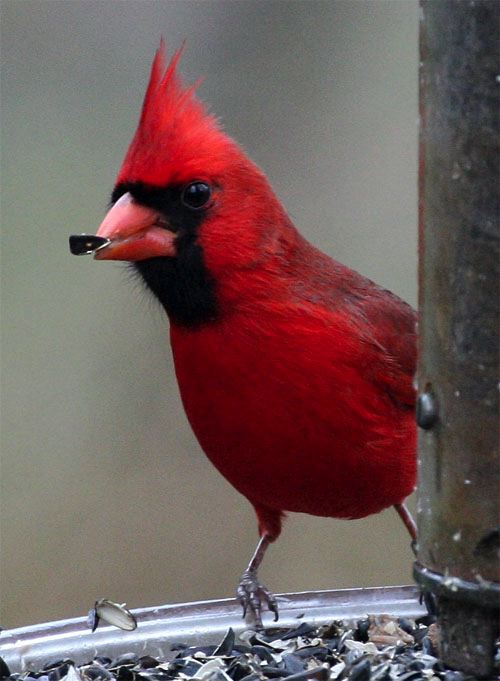
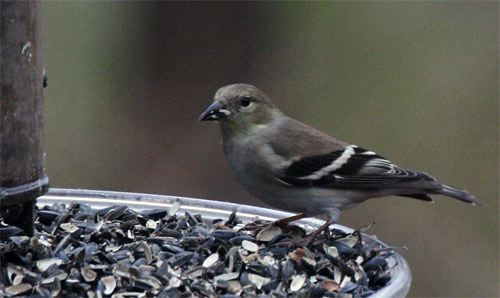
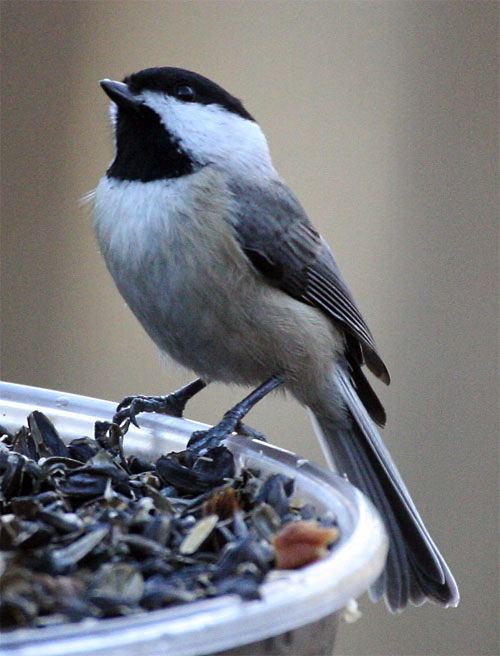
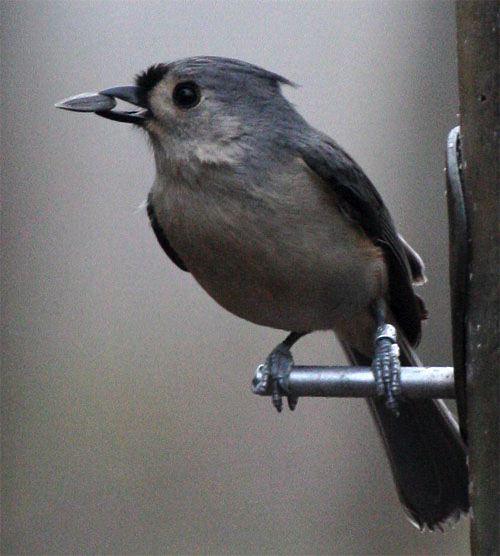
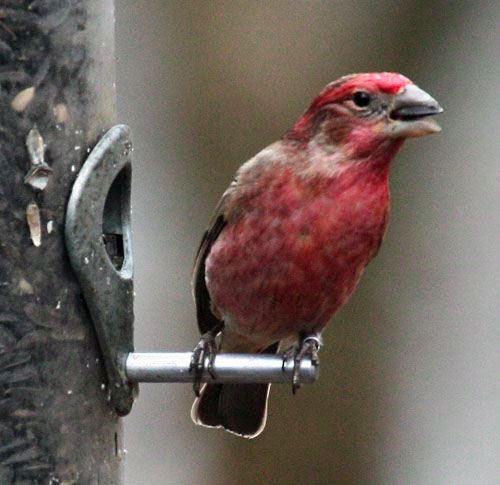
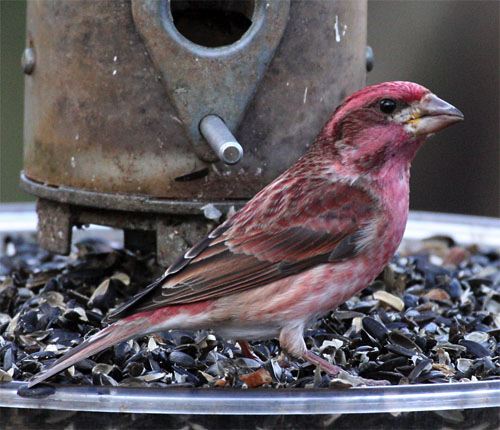
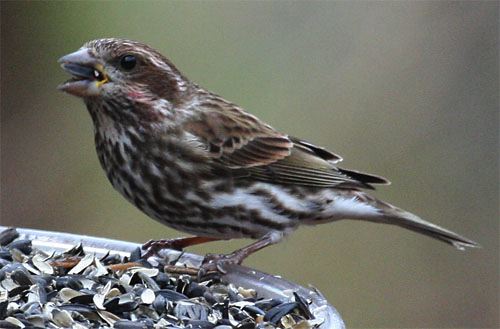
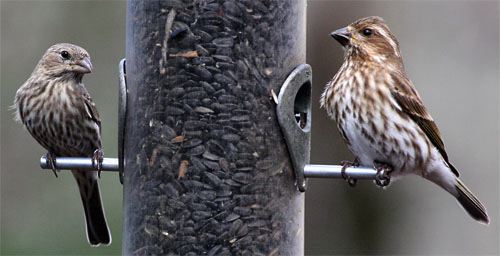
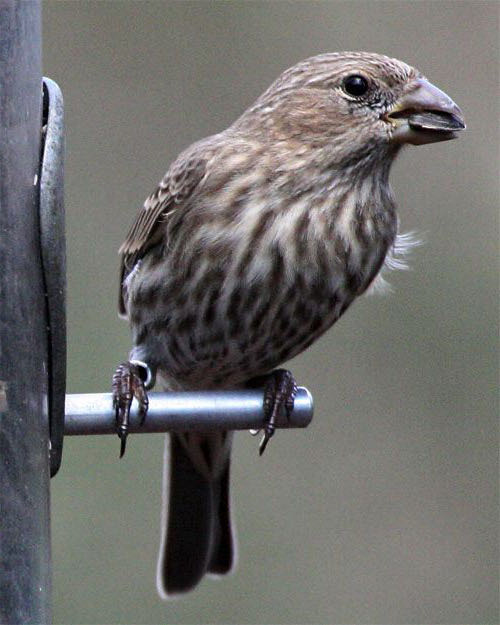
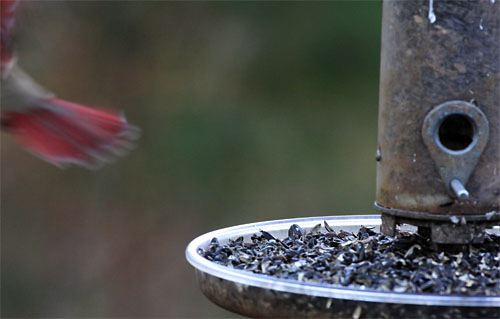
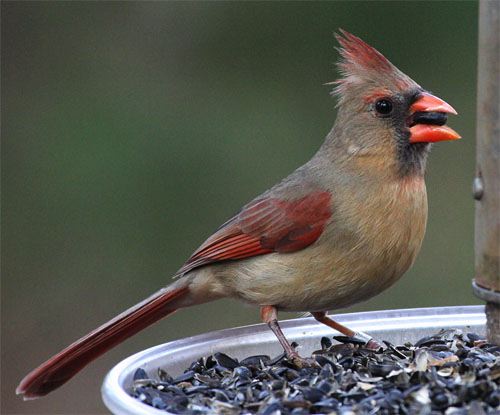
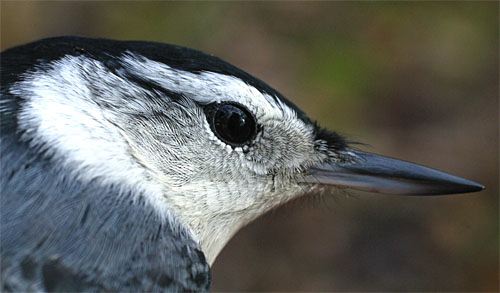
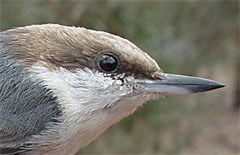
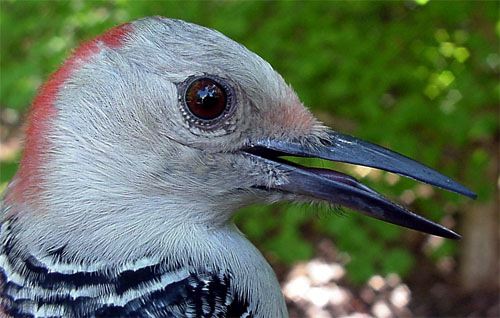
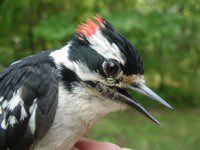
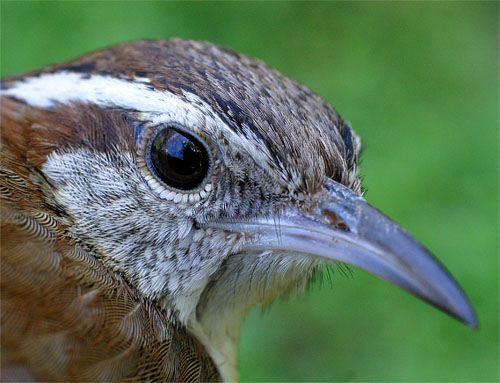
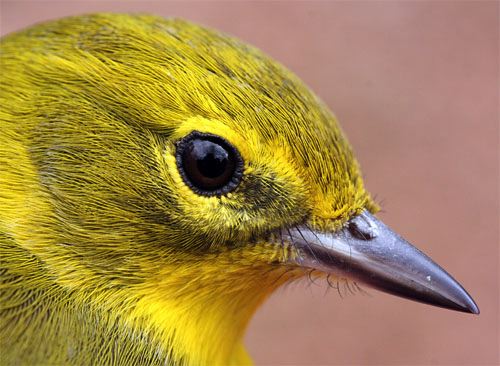
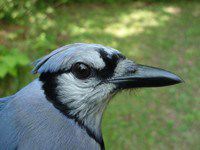
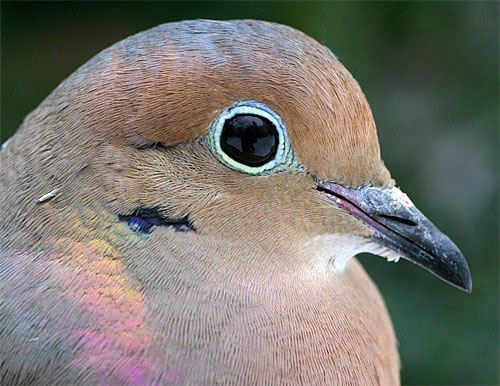
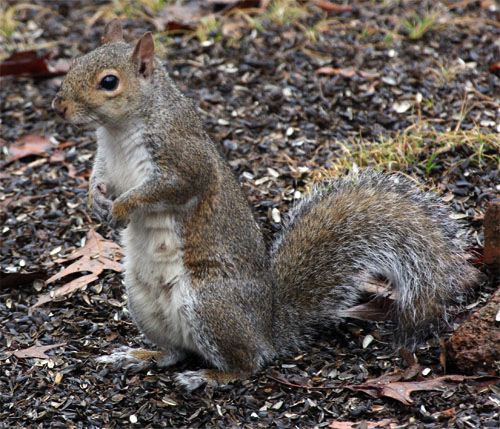
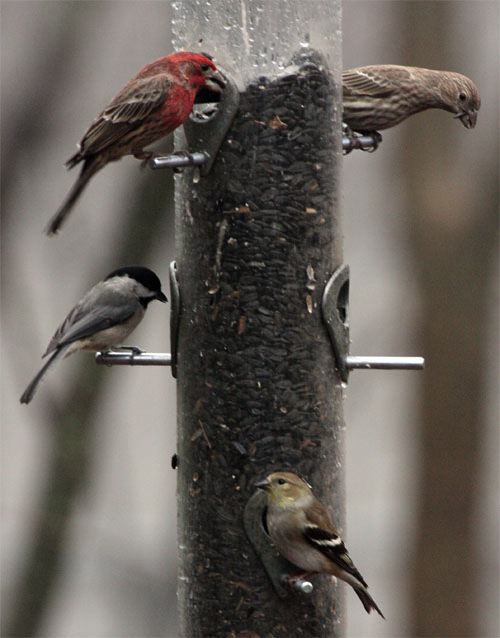


 Oct 15 to Mar 15:
Oct 15 to Mar 15: